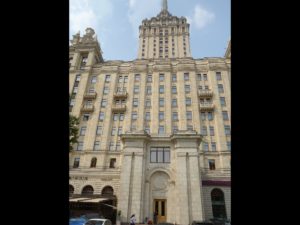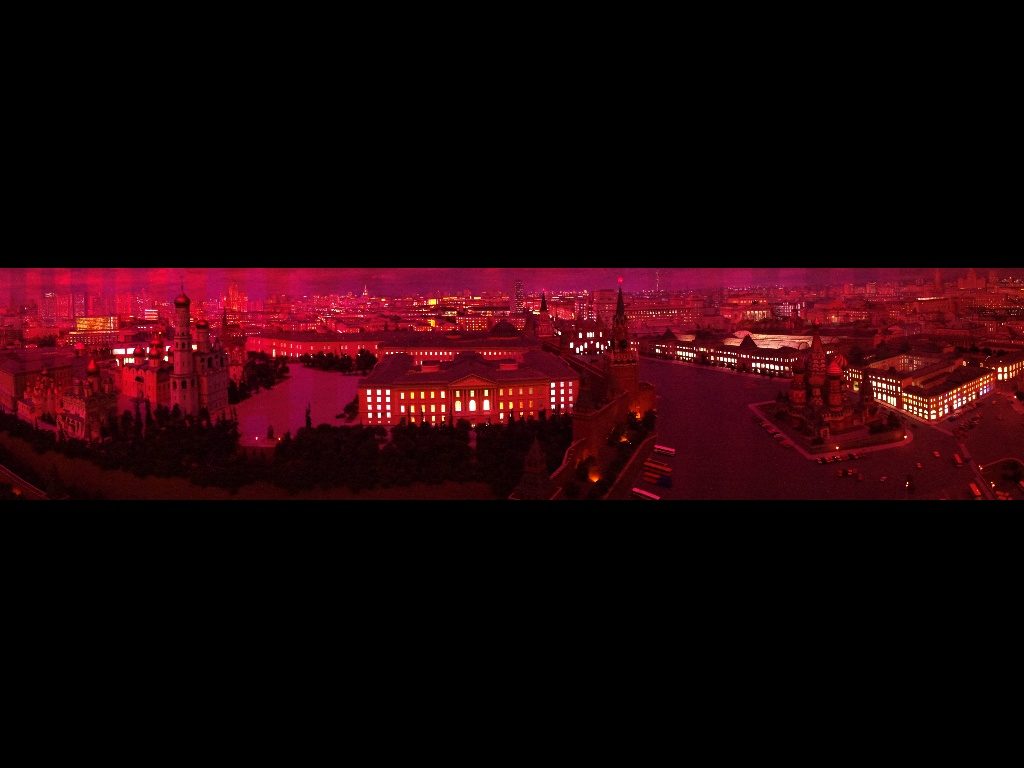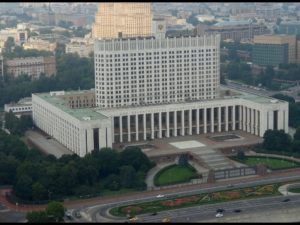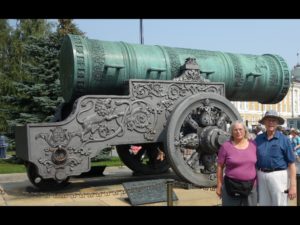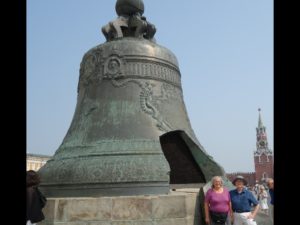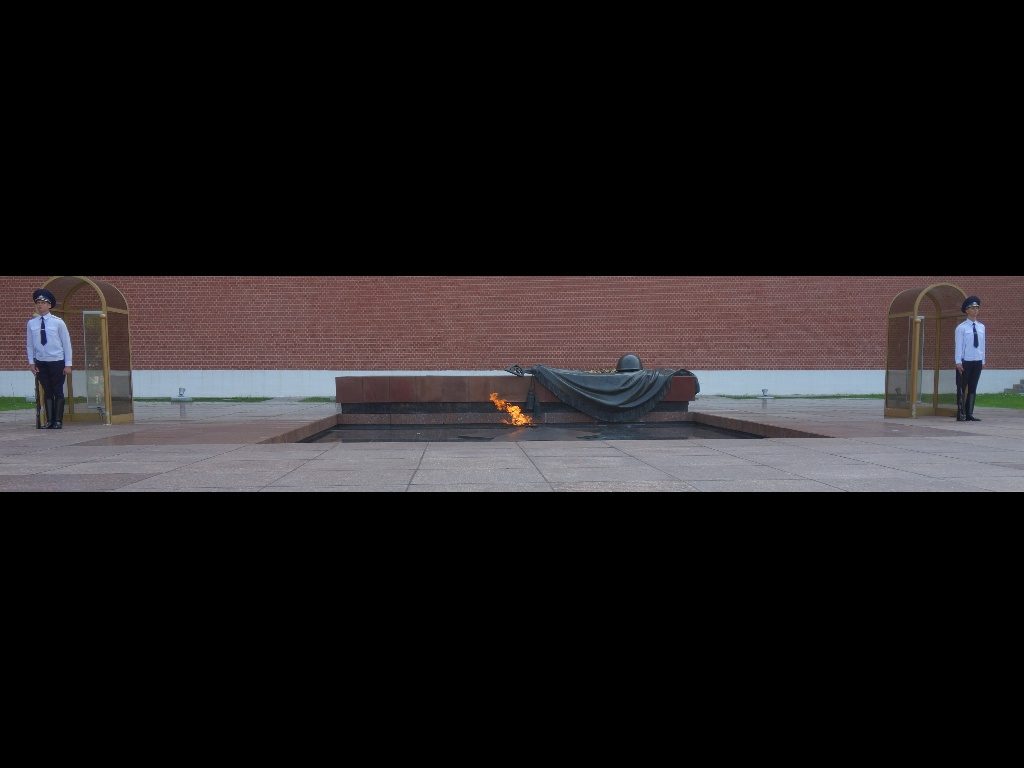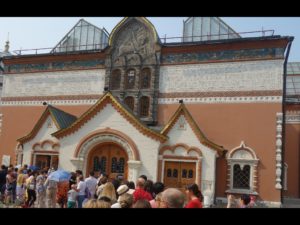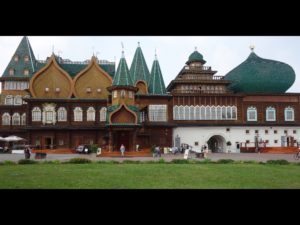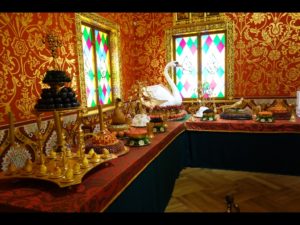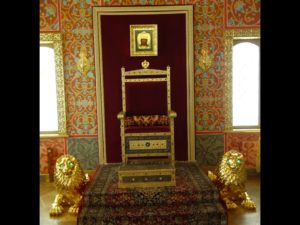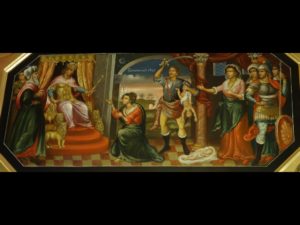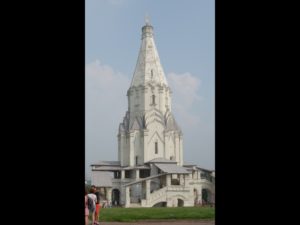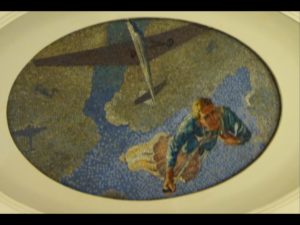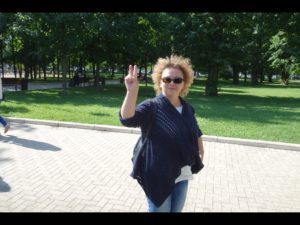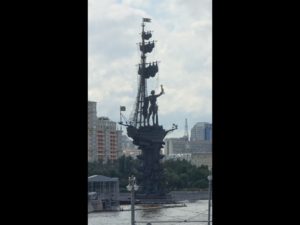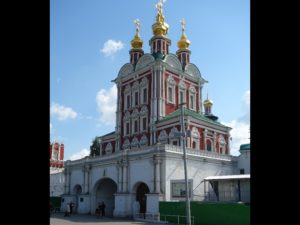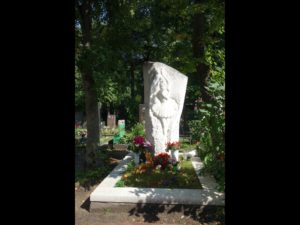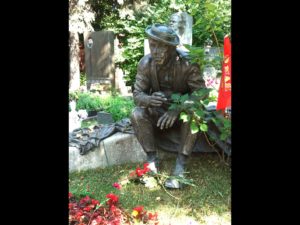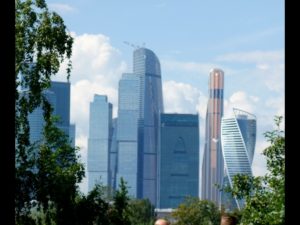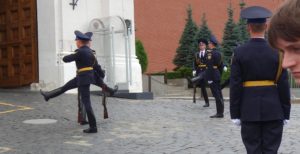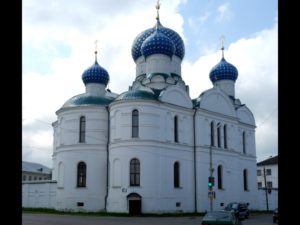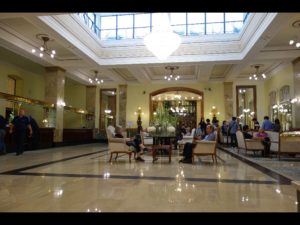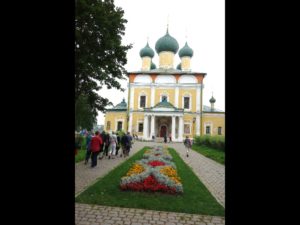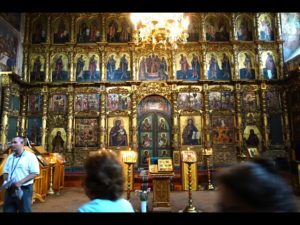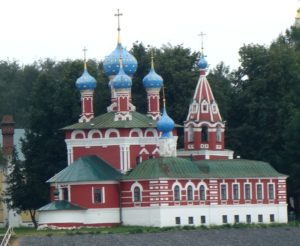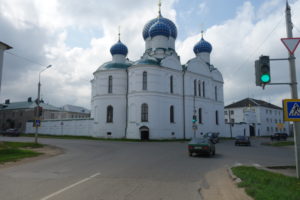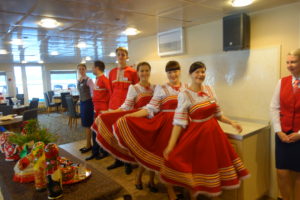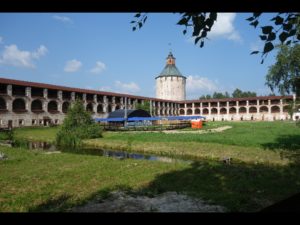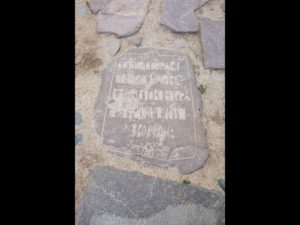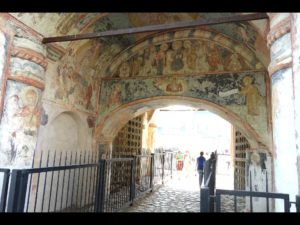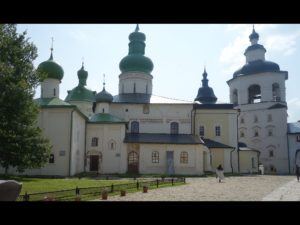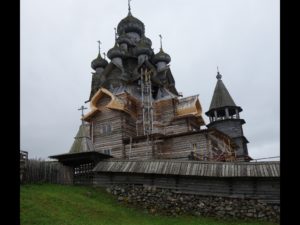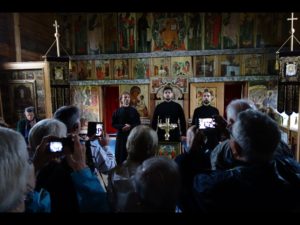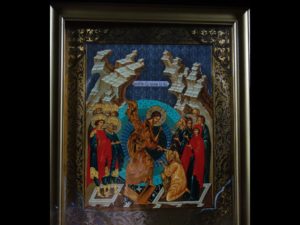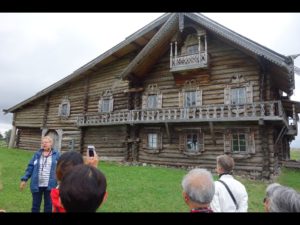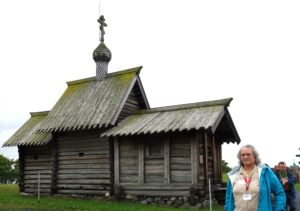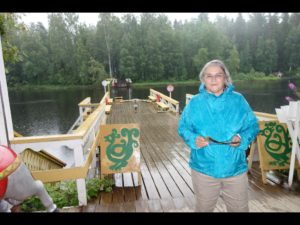There are no pics this week.
I got a cold near the end of our trip. I felt pretty bad on the flight home and felt miserable the next two days. Now Danita is feeling miserable. I got over my major symptoms quickly. Hopefully Danita will do the same.
We have 3 weeks of quiet time. Then it’s Maribeth Chaprnka’s wedding. Family activities for us start Thursday the 18th when Jul and family arrive. Jul and Pat will go home Sunday, and we’ll have the grand kids living with us the rest of the week. I fly back with them Sat the 27th. The following Monday we start our great trek to Pipe Spring. We’re spending our 3 weeks getting ready for all of this. So far, we have temporarily lifted our lock on the credit bureaus and had fingerprint cards made (for our security clearance). We have an appointment to get access to government email. And I’m sure you will not be surprised to learn we have extensive lists. The lists are working very well. We put them in Dropbox, where we both have access. Any time we think of something to add, or get a task done, we can easily open the list and update it. Technology can be very helpful (sometimes).
Last night we had a neighborhood bluegrass concert. The band was good. The fiddler was excellent. The food was catered by Mission BBQ. Our neighborhood put an awning with roll-up sides over our patio. We ate on the patio and let the band set up in the adjoining room. We had T-storms, which cooled everything off. The awning kept everybody dry. We all had a very nice time.
While we were enjoying ourselves, nearby Ellicott City was getting slammed. Historic Ellicott City is a popular destination, but it’s also down in the Patapsco River valley. I’ve written before about how it floods once or twice a year. Like the Tigress River used to flood annually in ancient times, it was just a part of life. Normally they spend a couple of days cleaning up the mud, then they’re back to normal. But the T-storms that hit last night dumped a 1,000 year rain on EC. Water raged through the area, flipping cars around like they were toys. Two people died. There was serious property damage, including major structural damage to many buildings. The weather forecast completely missed the quantity of rain. People were taken completely by surprise. Almost 200 people had to be rescued. About half of them were at some kind of event. Residents were evacuated to a recreation center, which was re-purposed as a temporary shelter. The water receded today. Emergency crews were dealing with a water main break and a natural gas leak. All roads to historic EC are closed.
Speaking of the Tigress River and ancient times, I purchased the book “Babylon” by Paul Kriwaczek. It’s a fascinating read, and I’ve learned a ton of stuff that I didn’t know. I knew about Qun Shi Haung, China’s first emperor in 250 BC. But I thought Sargon was a fictional character. It turns out he was the world’s first emperor, around 2350 BC (over 2,000 years earlier.) I knew that somewhere around 2,500 years ago the Greeks built their temples with “entasis”. These slight curves in otherwise straight surfaces accentuated perspective and gave the building an impression of strength and lightness. I didn’t know that the Babylonians in Ur III used the same technique when they built their Ziggurat some 4,000 years ago. I also knew that the USSR had collective farms, asking citizens to contribute according to their capability, then gave out the produce according to each person’s needs. I didn’t know that Babylon, which had many different governments over the millennia, once had a similar system. The primary difference is that the Babylonians had an effective way to encourage good production on their collective farms. (You can plug the foreign words into any search engine to see pictures and get facts.) I’m going to have to put this book to the side for a while. Library E-books are coming in. I only get to keep those for 2 weeks.
That’s plenty of stuff for now. I hope this finds everybody doing well.

